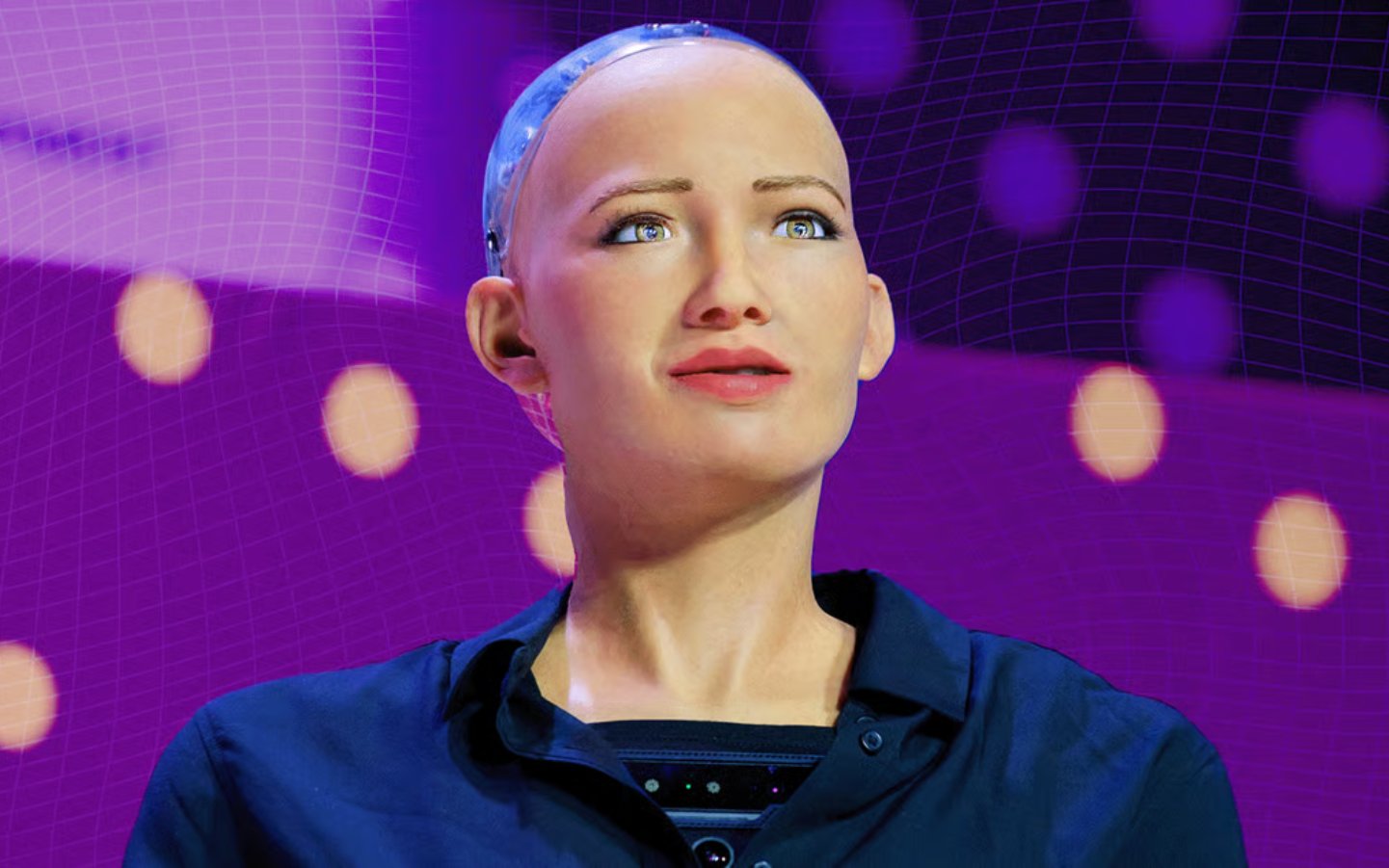Introduction to the Uncanny Valley
Imagine a world where robots and digital humans blend seamlessly into our daily lives. At first glance, they look almost real but strangely fall short in some uncanny ways. This phenomenon is known as the uncanny valley—the unsettling feeling we experience when something appears human-like yet remains distinctly artificial. As technology has advanced from clunky robots to lifelike CGI characters, the uncanny valley has shaped our interactions with machines in surprising ways. Join us on an exploration of this intriguing concept and discover how it continues to influence our digital experiences today.
Read more Smart #3: Revolutionizing Everyday Life with Intelligent Solutions
The History and Evolution of Digital Humans
The journey of digital humans began in the early days of computer graphics. Simple pixelated figures populated games and animations, capturing imaginations but lacking realism.
As technology advanced, so did our ability to create more lifelike representations. The 1996 film “Toy Story” marked a turning point with its fully animated characters, paving the way for future innovations.
In the years that followed, motion capture technology emerged. It allowed artists to record real human movements and translate them into digital form. This brought an unprecedented level of authenticity to animations.
Fast forward to today—digital humans can now mimic facial expressions and emotions almost flawlessly. From virtual assistants like Siri to realistic avatars in video games, we are witnessing a revolution in how we interact with artificial entities.
With advancements continuing at breakneck speed, who knows what the next chapter will look like?
The Science Behind the Uncanny Valley
The uncanny valley is rooted in psychology and neuroscience. It describes the discomfort we feel when a human-like figure appears almost lifelike, but not quite.
This phenomenon taps into our innate ability to recognize faces. Our brains are wired to detect subtle cues in appearance and movement. When these cues are off, it triggers an unsettling response.
Research shows that this reaction stems from evolutionary survival instincts. Historically, distinguishing between friend and foe was crucial for survival. If something looks human but behaves oddly, our minds signal danger.
Additionally, the emotional connection plays a role. We expect empathy or warmth from humanoid figures. Failing to meet these expectations creates cognitive dissonance, leading us to recoil at the sight of robots or CGI characters stuck in the uncanny valley.
Understanding these scientific elements helps creators navigate this challenging landscape as they push technological boundaries further than ever before.
How the Uncanny Valley Affects Our Perception of Technology
The uncanny valley creates a fascinating tension in how we perceive technology. When human-like robots or CGI characters come too close to reality but still feel off, our gut reactions can shift dramatically. This eerie sensation can lead to discomfort and distrust.
People may reject these technologies despite their impressive capabilities. An almost-human robot that misses the mark on realism might evoke feelings of unease rather than fascination.
This reaction affects industries beyond entertainment, influencing fields like healthcare and customer service. Patients may hesitate when engaging with robotic assistants that resemble humans yet fall short in authenticity.
As creators strive for perfection, understanding this complex emotional landscape is crucial. Striking the right balance between familiarity and innovation becomes essential in winning over users’ hearts and minds while navigating the intricate world of digital interactions.
Examples of the Uncanny Valley in Popular Culture
The uncanny valley often creeps into our favorite films and video games, blurring the lines between reality and fiction. One notable example is in “The Polar Express.” The animated characters, while lifelike, evoke an unsettling feeling that many viewers couldn’t shake off.
Video game franchises like “Resident Evil” also delve into this phenomenon. Characters with hyper-realistic features can trigger discomfort as they straddle the fine line between human-like and robotic.
Even beloved franchises aren’t immune. In “Star Wars,” the use of CGI to recreate characters like Grand Moff Tarkin has sparked discussions about realism versus emotional connection.
These instances highlight how creators grapple with our expectations of digital humans. Each attempt brings us closer to a moment where we might fully accept these creations—or find ourselves even more unsettled by them.
Overcoming the Uncanny Valley: Advancements in CGI and Robotics
Recent advancements in CGI and robotics have begun to bridge the uncanny valley gap. Artists and engineers work hand-in-hand, pushing the boundaries of realism in digital characters.
Sophisticated algorithms now create lifelike movements and expressions. These technologies give animated figures a sense of personality that resonates with audiences on an emotional level.
Robots are also evolving rapidly. Enhanced sensors allow them to mimic human gestures more effectively, making interactions feel natural rather than mechanical.
Companies are investing heavily in research to refine these techniques further. The goal is not just realism but relatability—ensuring humans feel comfortable engaging with digital entities.
As we move forward, immersive experiences will redefine how we connect with technology. This evolution promises exciting possibilities for entertainment, education, and even companionship.
The Future of Human-Technology Interactions
The future of human-technology interactions promises a landscape that blurs the lines between reality and digital experiences. As AI advances, we can expect more lifelike avatars and robots. These entities will not only mimic human behaviors but also understand emotions.
Imagine virtual assistants that respond to your feelings rather than just commands. This emotional intelligence could revolutionize how we connect with technology in our daily lives.
In gaming and entertainment, immersive experiences will redefine storytelling. Virtual reality might transport us into narratives where we interact with characters as if they were real people.
Education stands to benefit too, with personalized learning environments created by responsive digital tutors. These systems will adapt to individual learning styles, making education more engaging and effective.
As boundaries dissolve, ethical considerations must rise to the forefront. We’ll need guidelines for how these technologies impact privacy, security, and our definitions of companionship.
Conclusion
The uncanny valley presents a fascinating intersection between technology and human perception. As our digital experiences evolve, so too does our understanding of what it means to create lifelike representations in both robotics and CGI. From the early days of rudimentary animations to the sophisticated characters we see today, we’ve witnessed a remarkable journey.
As advancements continue in artificial intelligence and graphics rendering, overcoming the uncanny valley becomes more achievable. The lines between reality and simulation blur further with each innovation. This evolution not only shapes entertainment but also influences how we interact with technology daily.
Understanding the nuances of the uncanny valley is crucial for creators aiming to engage their audience genuinely. By embracing these challenges, professionals across industries can push boundaries while creating immersive experiences that resonate deeply with users.
Looking ahead, as we delve deeper into realms like virtual reality or augmented interactions, navigating this terrain will be essential. The future holds exciting possibilities where human-technology relationships become even more seamless—and perhaps less unsettling—as we continue our quest for authenticity in an increasingly digital world.




